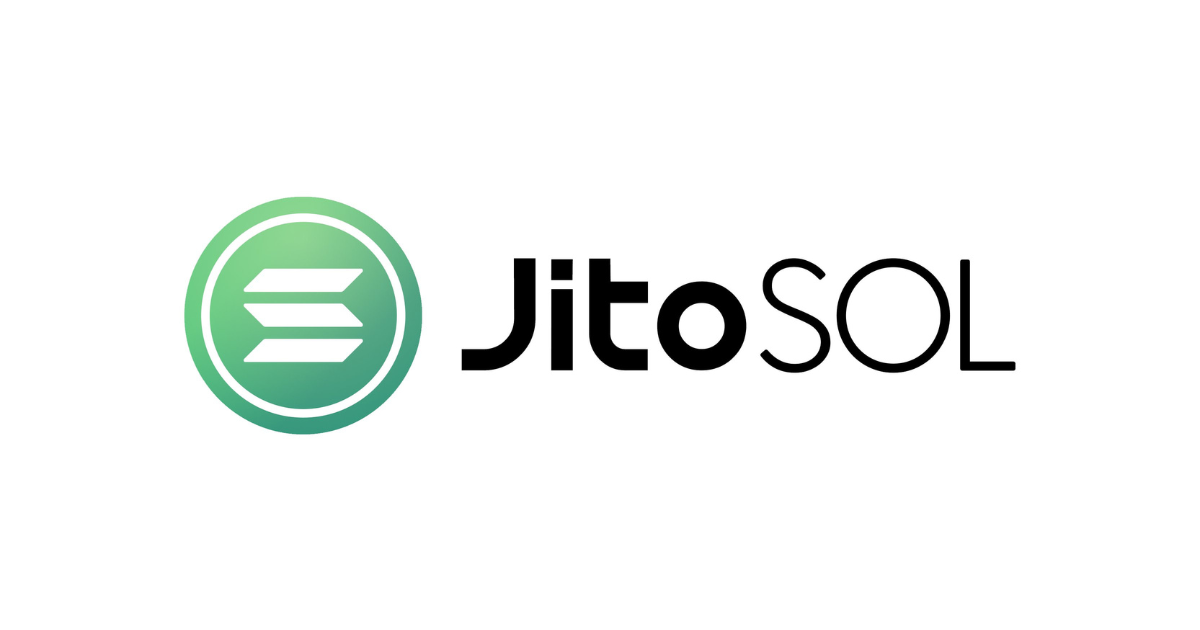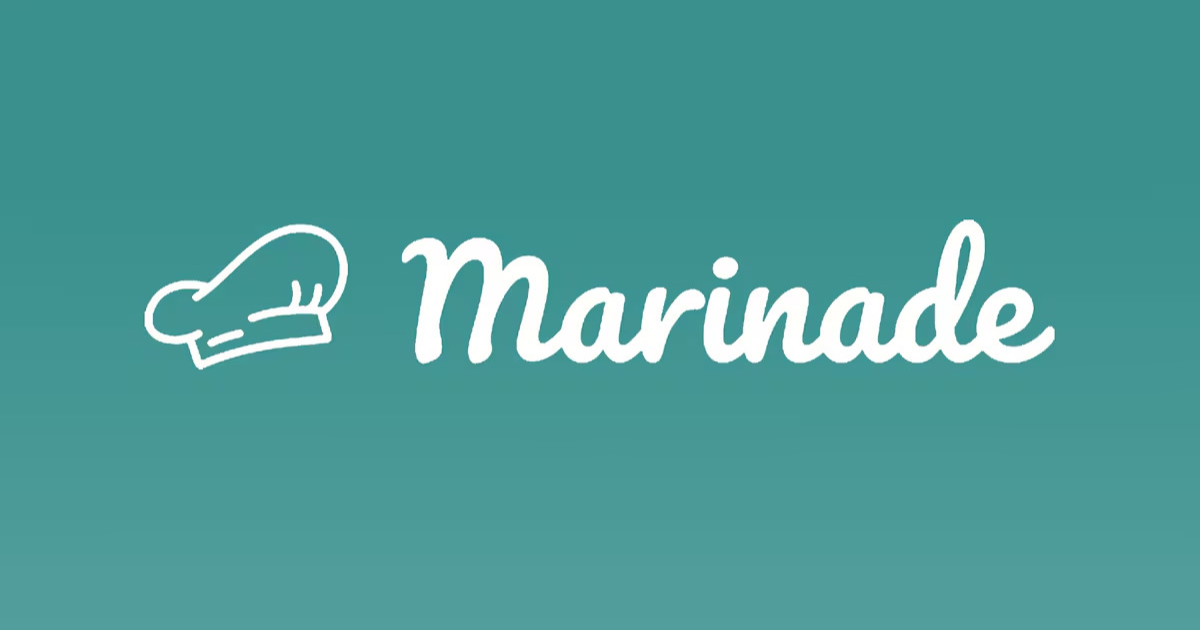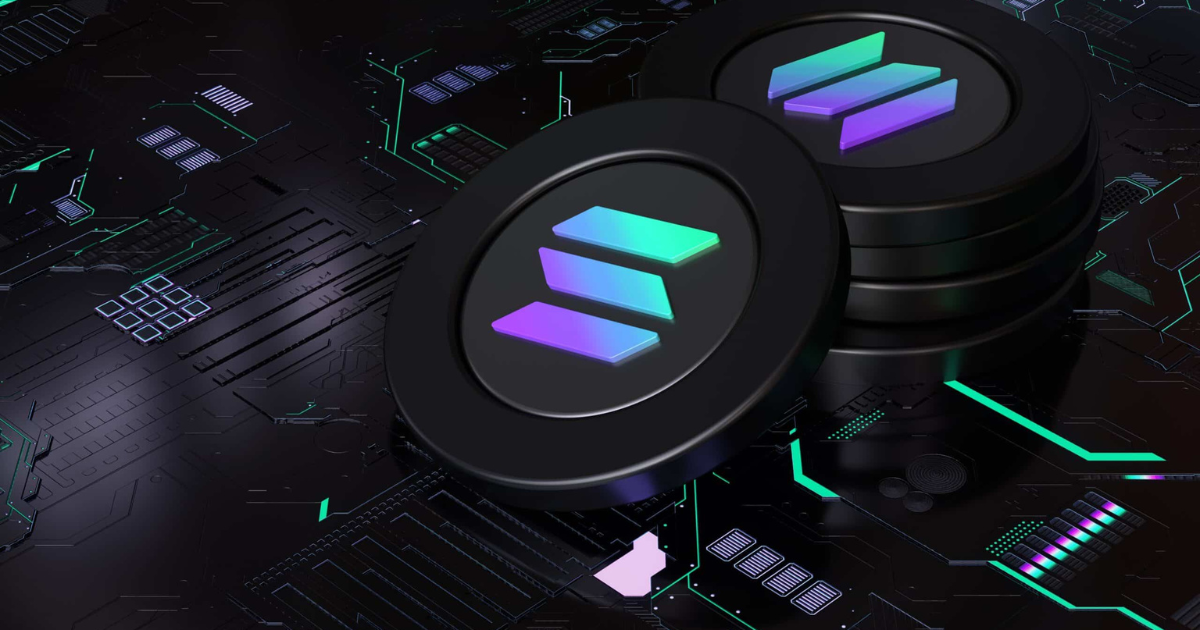Solana LST market cap has now reached about $7.5 billion, marking a major milestone for the Solana ecosystem. This is a result of the growth of the Solana staking ecosystem and the broader uptake of liquidity staking solutions.
Key-Takeaways:
- Liquid staking tokens on Solana have a market cap of $7.5 billion, and JitoSOL leads at 37.6% market share.
- But growth in the market occurred even as Jito and Marinade saw declines in TVL and Binance staked SOL gained 29%.
- The Solana LST market cap ratio of 9.07% shows there is plenty of room to grow Solana’s liquid staking ecosystem.
Leading Players in the LST Space
 JitoSOL has truly defined itself as the lead liquid staking player in the SOL ecosystem. JitoSOL now has a market cap of $2.8 billion at 37.6% market share. Binance surged ahead with 20.2%, valued at $1.5 billion. Marinade staked SOL (mSOL), meanwhile, holds 14.1% market share and a $1.05 billion market cap.
JitoSOL has truly defined itself as the lead liquid staking player in the SOL ecosystem. JitoSOL now has a market cap of $2.8 billion at 37.6% market share. Binance surged ahead with 20.2%, valued at $1.5 billion. Marinade staked SOL (mSOL), meanwhile, holds 14.1% market share and a $1.05 billion market cap.
The amount of SOL staker market capitalization is $82.66 billion. Which means the LST ratio is 9.07%, which leaves a lot of room to grow in the liquid staking sector. This metric measures the proportion of staked assets that have been tokenized by liquid staking protocols.
Recent Market Dynamics
 But the ecosystem has seen the emergence of some interesting trends despite overall market cap growth. Jito and Marinade have lost 19% and 15%, respectively, of total value locked (TVL) in the past month. But Binance’s staked SOL defies this trend with a 29 percent increase in TVL during the same time.
But the ecosystem has seen the emergence of some interesting trends despite overall market cap growth. Jito and Marinade have lost 19% and 15%, respectively, of total value locked (TVL) in the past month. But Binance’s staked SOL defies this trend with a 29 percent increase in TVL during the same time.
Binance’s entry into the liquid staking space on Solana in August 2024 has been a success. Faster growth from bnSOL shows how major cryptocurrency exchanges continue to impact the liquid staking space. It’s their involvement that has been able to bring liquid staking to a wider audience.
The Growing Importance of LSTs in DeFi
 Decentralized finance has become reliant on liquid staking tokens. All of these tokens solve a problem with the staking ecosystem. There’s liquidity, which allows for the ability to earn rewards from staking a coin. Users can stake their SOL tokens, get LST, and use it on the DeFi platform.
Decentralized finance has become reliant on liquid staking tokens. All of these tokens solve a problem with the staking ecosystem. There’s liquidity, which allows for the ability to earn rewards from staking a coin. Users can stake their SOL tokens, get LST, and use it on the DeFi platform.
Each of jupSOL, Solayer’s sSOL, Bybit’s BBSOL, and Laine’s laineSOL has claimed some market share for itself. It allows users more options for liquid stakes.
Solana LST Market Cap Outlook
 An increasing maturity with the Solana LST market cap is shown by the growth of the Solana LST market cap. The sector has multiple competitive offerings and is enjoying institutional involvement, which augurs well for further expansion. This relatively low LST ratio implies growth potential within liquid staking adoption is still high.
An increasing maturity with the Solana LST market cap is shown by the growth of the Solana LST market cap. The sector has multiple competitive offerings and is enjoying institutional involvement, which augurs well for further expansion. This relatively low LST ratio implies growth potential within liquid staking adoption is still high.
With the introduction of liquid staking tokens, DeFi users have opened up new possibilities. Being able to stake and partake in the DeFi ecosystem at the same time, LSTs have helped to make capital work more efficiently in the ecosystem. It allows users to seize the full potential of yield for their assets while retaining flexibility in doing so.
Conclusion: Solana LST market cap
Solana’s liquid staking ecosystem now has a $7.5B Solana LST market cap achieved, which marks one of their achievements in 2025. The sector remains on the move with diverse offerings from both established players and the new entrants. With more users finding the benefits of liquid staking, this growth trend can continue, with 100% more adoption in the future.











